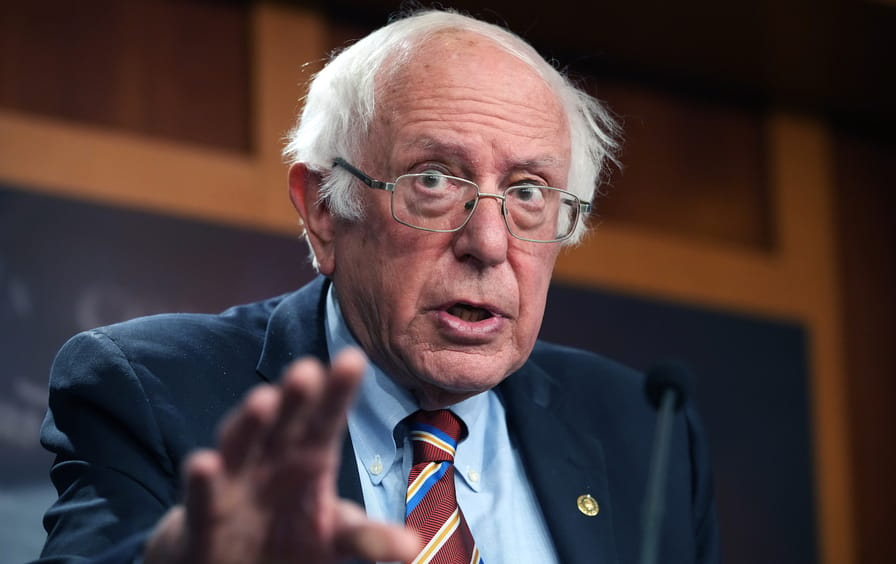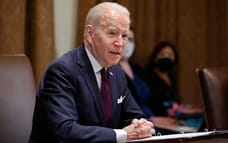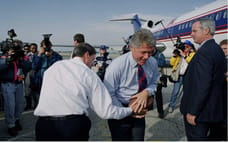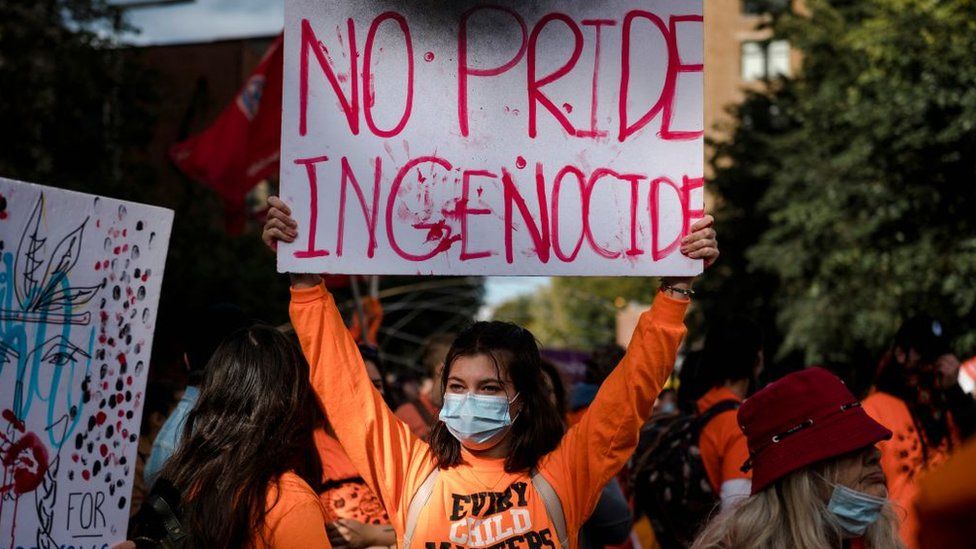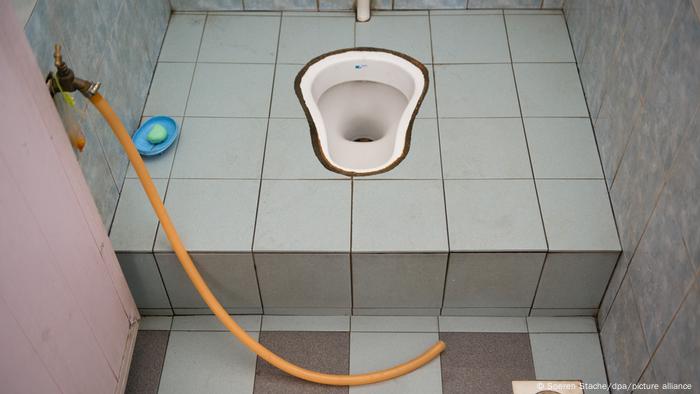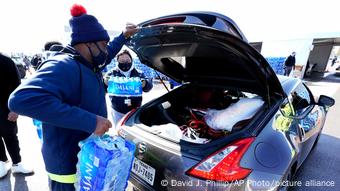The Edmonton Police Service (EPS) should explain why a fixed-wing aircraft it’s been operating “covertly” for more than 30 years has just come to light now, a professor of criminology says.
Anna Junker -
Edmonton Journal

© Provided by Edmonton JournalThe Villeneuve Airport, where the Edmonton Police Service keeps its aircraft, is seen on Tuesday, Feb. 15, 2022. EPS is in the process of acquiring a new fixed wing aircraft after operating its current plane ‘covertly’ for 30 years.
Police spokeswoman Cheryl Sheppard this week confirmed the service bought the 1980 Cessna 182Q in 1993. It’s been piloted all these years by police employees using it for a variety of operational purposes, including monitoring criminal flights, locating missing people, and working on joint force operations with various law enforcement partners, said Sheppard.
“The aircraft is not used for the transportation of members or goods,” she said in a statement. “It flies frequently and has been an asset to the EPS, contributing to the overall safety of Edmontonians over the last 31 years of its operation.”
But due to the “covert nature” of the aircraft, Sheppard said the police service has only discussed the plane in private meetings with the Edmonton Police Commission and city council “to ensure and maintain both public and officer safety.”
The existence of the plane was reported earlier this week by the Progress Report , citing a Nov. 8 community and public services committee meeting where Coun. Michael Janz asked about the plane.
Sheppard says the service, as a result of the public discussion, is “disappointed that the in-camera protocols were not followed. This aircraft assists with the efficiency of police response in high-risk files and situations”
“The effectiveness of the aircraft relies heavily on the fact that it operates covertly. As such, public knowledge of this could jeopardize investigations and put officers and citizens at risk.”
Janz told Postmedia he was unaware the plane was a confidential item at the time of the meeting, saying he learned of it from a constituent and understood Saskatoon and Regina had similar planes.
‘Extraordinary and unusual’: U of A professor
For Temitope Oriola, associate professor of criminology at the University of Alberta, having the police service keep the aircraft a secret from the public for 31 years is “extraordinary and unusual.”
“The Edmonton Police Service is not CSIS, the Edmonton Police Service is not the CIA,” he said. “We would generally expect that level of secrecy, micromanagement of information and all of that from our foreign intelligence services rather than local law enforcement services.”
He said the service should further explain what necessitated keeping the plane under wraps for so long.
“Keep in mind we’re not talking about just the tenure of a single police chief. We’re talking about multiple police chiefs who had come and gone in the last three-plus decades and yet this somehow was kept under wraps,” he said.

A Cessna 182 plane, similar to the Cessna the Edmonton Police Service has been using for 30 years.
“I would like to know why this was kept secret. What was the intrinsically complex nature of those operations that necessitated not having the public know that this thing existed?”
He also said the plane raises privacy concerns.
“What kinds of tracking was done by this aircraft? And was there any sort of risk to the privacy of Edmontonians and other Canadian citizens?”
He said police should also show what the plane’s operations have accomplished.
“There may well be compelling reasons for the covert nature of the Cessna plane’s operations. But the police need to provide empirically verifiable and reasonable justification,” he said. “I think it’s essential to also point out that there are aspects of policing that are necessary and by their very nature covert that simply cannot be publicized.”
Planes in use by other police services
Mount Royal University justice studies professor Doug King noted police services using planes isn’t unusual.
“Aircraft are very common in larger municipalities in the United States,” he said. “So Los Angeles will have a couple of airplanes as well as helicopters just because of the versatility of having both in their arsenal.”
In Canada, however, planes are less common, King said. The RCMP owns several, and the Saskatoon Police Service has its own Cessna 182. The Regina Police Service was also approved to purchase a plane in December.
In Edmonton, police also have two helicopters, Air 1 and Air 2, in their flight operations unit.
King said there are pros and cons to having helicopters and an airplane.
“One of the advantages airplanes have is that they are less noticeable in the air in the sense of noise,” he said. “A plane does assist in keeping a police operation, more covert, more quiet, but you have to then weigh that off with well how often do we need that kind of capabilities.”
Planes can also stay in the air for longer without having to be refuelled and generally cost less than helicopters.
As the Cessna is now 41 years old, it has exceeded its lifespan, Sheppard said. The police service recently received approval from the EPC to procure a replacement for approximately $4.3 million. The replacement plane is expected to arrive in late 2022.
ajunker@postmedia.com
Twitter.com/JunkerAnna


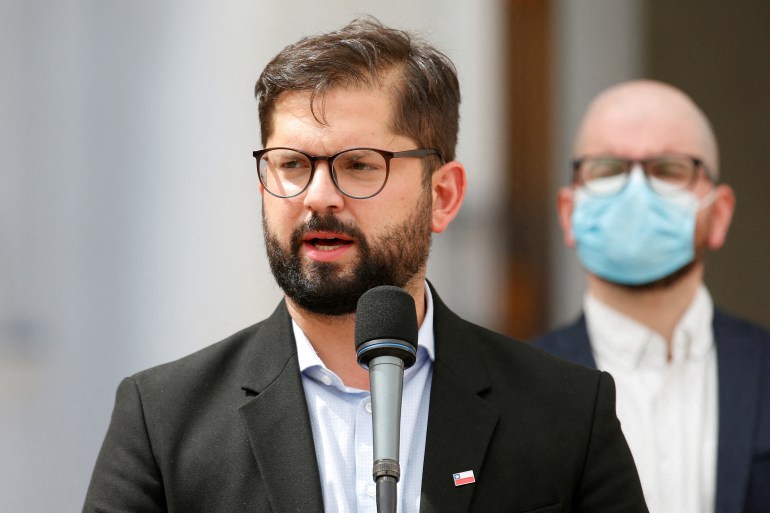

 The proposals will be debated in the coming months and will need approval by two-thirds of the delegates [Ivan Alvarado/Reuters]
The proposals will be debated in the coming months and will need approval by two-thirds of the delegates [Ivan Alvarado/Reuters]